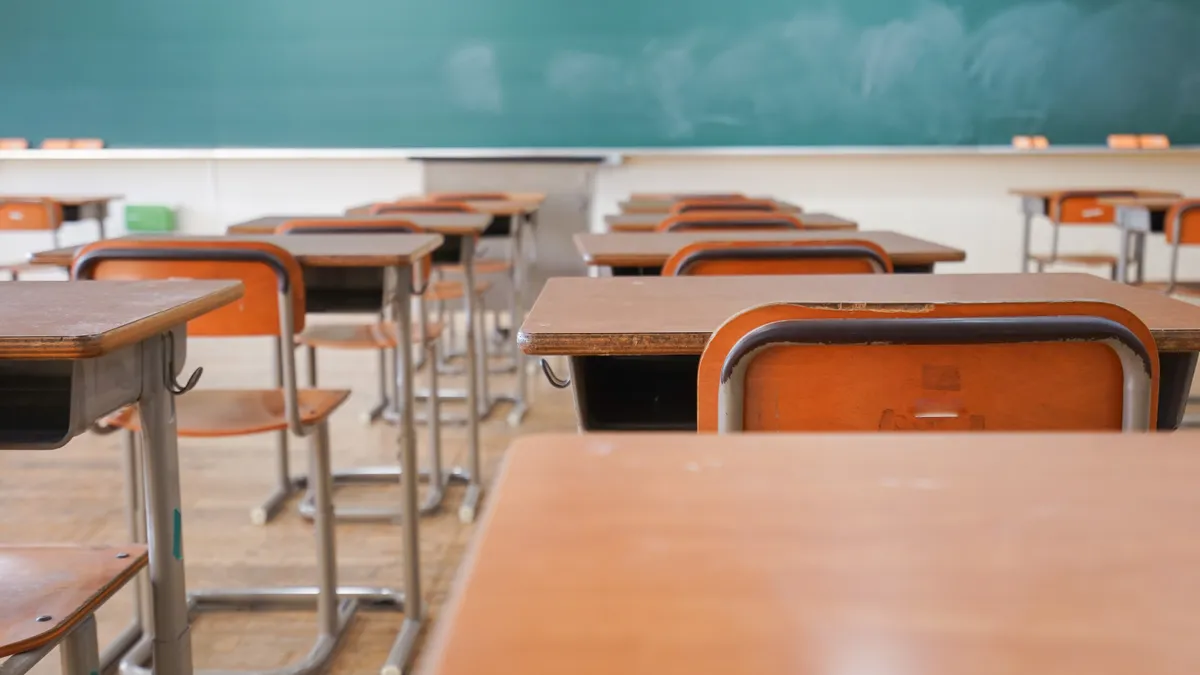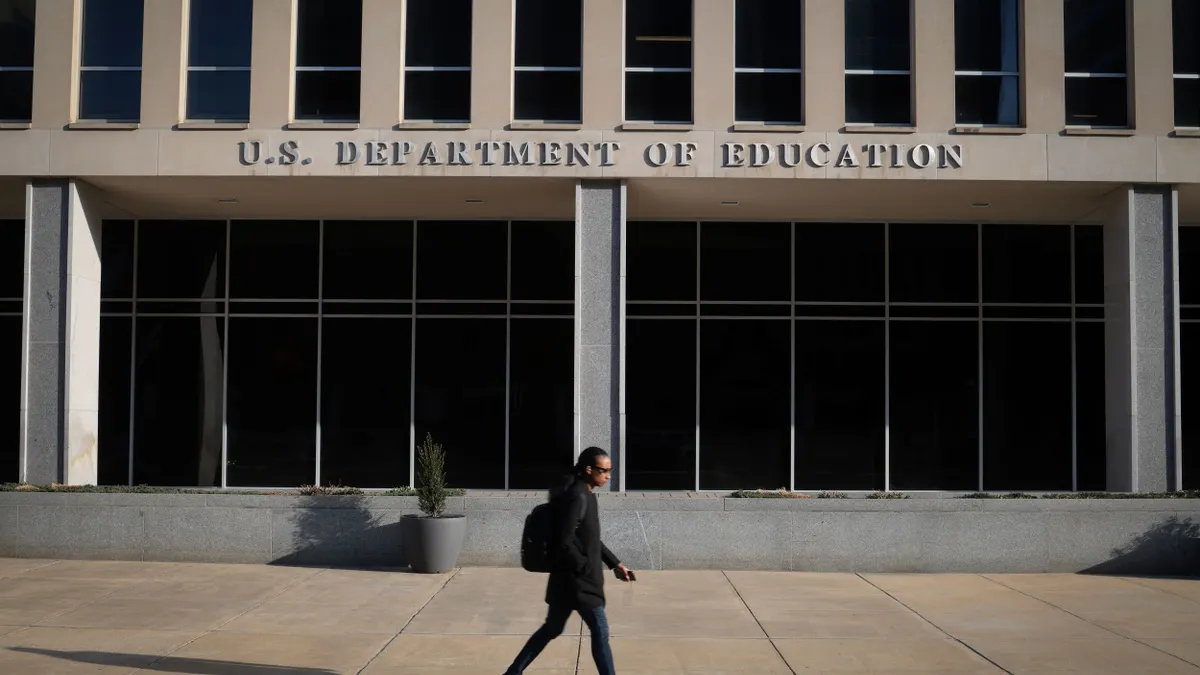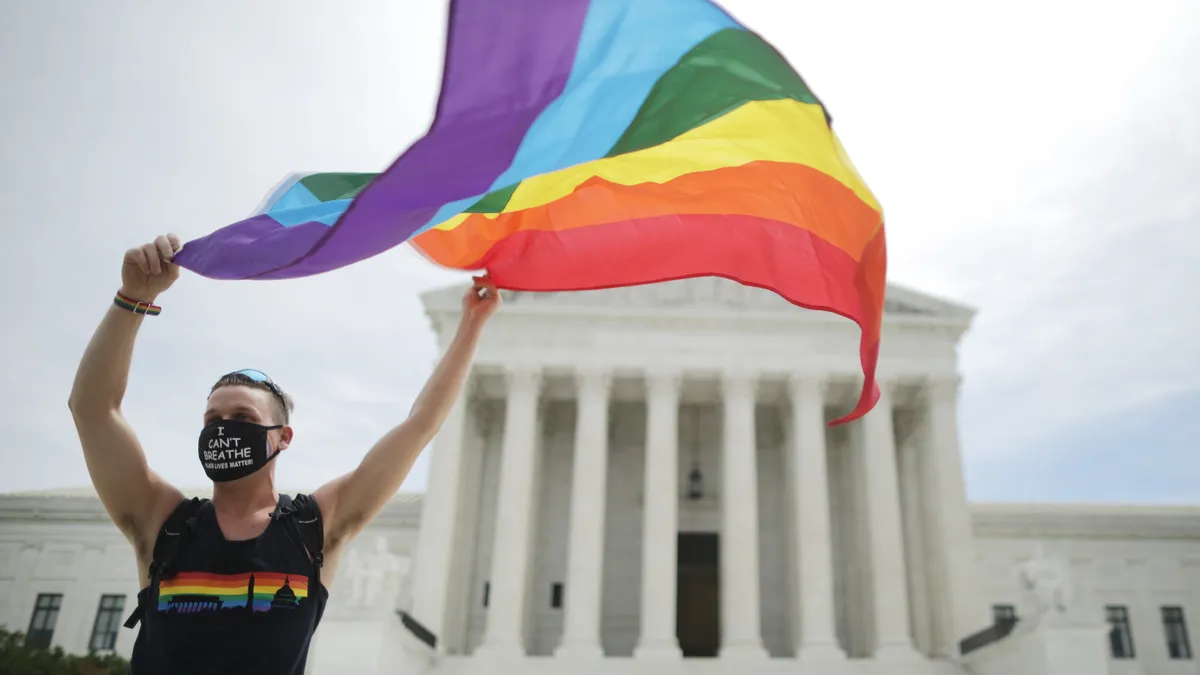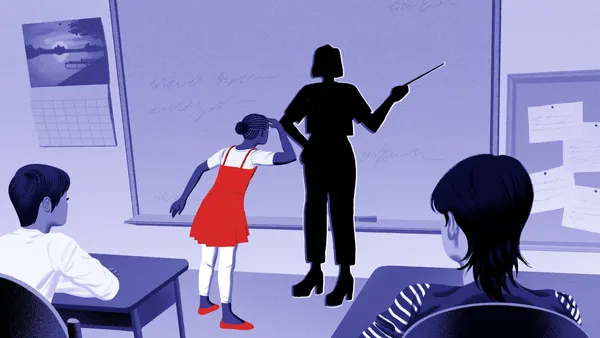Declining student enrollment is plaguing public schools at state and district levels nationwide, with the impact being felt from falling birthrates and expanding school choice programs.
As preliminary enrollment data for the 2025-26 school year has begun rolling out, school leaders are being forced to plan ahead for some tough decisions over staffing and school consolidations.
Significant enrollment declines have been cause for alarm in districts ranging from Texas’ Austin Independent School District and Arizona’s Kyrene School District to Atlanta Public Schools and Florida’s Broward County Public Schools — all of which are considering school closures or consolidations.
While K-12 finance researchers have warned of this trend for years, the historic and one-time federal COVID-19 relief funds delayed the inevitable financial challenge for some districts — until now.
Here is a look at how the development is affecting selected states and districts.
Alabama
Alabama experienced a 0.8% dip in public student enrollment from 720,181 in 2024-25 to 714,358 for the 2025-26 school year, according to data from the Alabama State Department of Education.
This marks the state’s steepest enrollment drop in 40 years, Alabama State Superintendent of Education Eric Mackey told an October board meeting. The state’s historic enrollment decline is most likely due to students opting into a new voucher program known as the CHOOSE Act, Mackey said.
Another key reason, though, is that some students “just disappeared” and never showed up despite being enrolled in an Alabama public school, he said. Alabama superintendents have told Mackey that it seems a majority of those students who were unaccounted for were Hispanic with unknown immigration statuses, he said.
Because of the sharp decline in overall student enrollment, Mackey projects that the district will need 500 to 700 fewer teachers by the 2026-27 school year.
Over 23,000 students were approved this year to receive an estimated $124 million in education savings accounts through the CHOOSE Act, which allows families to use ESAs to cover private school tuition, fees and other qualified education expenses, according to an Oct. 17 announcement by Alabama Gov. Kay Ivey.
West Virginia
West Virginia’s enrollment has been in steady decline for the last decade. Between 2023 and 2024, the state saw one of the largest public school enrollment drops in the nation, losing 1.7% of its student body, according to a June analysis by the Reason Foundation, a libertarian think tank.
Since 2017-18, the state’s public school enrollment has fallen steeply — from 270,613 students to 241,013 in 2024-25, for a 10.9% decrease, according to the most recently available data from the West Virginia Department of Education.
This decline, along with the expiration of federal COVID-19 aid, an “outdated” state education funding formula and an increasingly popular state school voucher program have contributed to a wave of school closures statewide, according to the West Virginia Center on Budget & Policy. Over 70 West Virginia public schools have closed since 2019, “and more closures are on the way,” the center said.
Wisconsin
In Wisconsin, preliminary unaudited state data reveals that enrollment fell nearly 6%, or by about 46,180 students in September 2025-26 school year compared to the year-over-year counts. After that drop, the state enrolled 759,701 students this school year versus 805,881 in September of 2024-25, according to the Wisconsin Department of Public Instruction.
One Wisconsin state representative said in September that the number of public school districts in the state — currently at 421 — “is going to have to drop,” The Center Square reported. The legislator, Rep. Amanda Nedweski, added in a press conference that she plans to introduce state legislation by year's end that would encourage school districts to consolidate as a shrinking population and lower birth rates continue contributing to declining enrollment.
Chicago
Chicago Public Schools’ enrollment has also dropped significantly in the last 15 years, from nearly 403,000 in 2010-11 to just over 316,000 in 2025-26, according to the nonprofit Illinois Policy Institute. Most recently, Chicago Public Schools reported a decline of 9,081 students between 2024-25 and 2025-26.
More than 1 in 3 desks are empty in the district, the institute said.
While cost-saving measures are needed to “fix CPS’ financial outlook” amid enrollment declines and a lingering deficit that the district is working to address, its contract with the Chicago Teachers Union makes it difficult to do so, the institute said. The union ratified a new contract with Chicago Public Schools this summer that calls for hiring additional staffers and is estimated to add $1.5 billion in expenses over four years, according to WTTW News.
The Chicago Teachers Union said, in an April message to its members, that its “historic” contract with the district “will create smaller class sizes, invest in sports, arts and music, and add librarians, counselors, clinicians, teacher assistants and other support staff to schools as they seek to build a force field from discrimination and federal attacks.”
Montgomery County, Maryland
Maryland’s Montgomery County Public Schools — the state’s largest public school system — saw its student enrollment drop by 2,641 students in the past year to a total of 156,541 as of Sept. 30, according to preliminary data from the district in October. The district projects that number will continue to fall to 149,706 students in the next six years.
The district attributed the dip to a decline in birth rates within the last decade.
Montgomery County Public Schools Superintendent Thomas Taylor said it’s still too soon to tell based on current projections if school closures will be necessary, the Baltimore Banner reported in October.




















